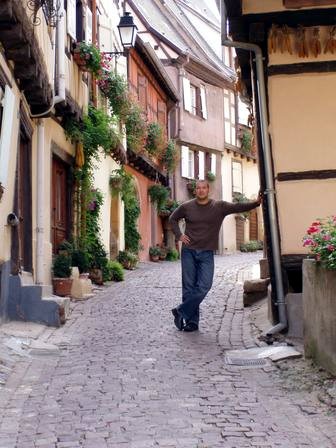When we reached the Oeno closure plant in San Vicente de Alcantara, it was quickly clear that a lot of processes were happening at once. Recently, Oeno has completely put its faith in the DIAM line alone, abandoning the sale of traditional closures. Instead, they lease their old plant out to a traditional cork producer; this one mainly makes the discs that are used on the base of champagne corks, rather than full size still wine corks. This process can make use of pieces of bark that are too thin to punch a traditional cork from.
Once the cork is harvested, it is trucked in from the countryside on large flatbed trucks. It is then stored in a cork yard – basically a large woodpile, until ready for processing. Processing starts by immersing planks of cork into boiling hot water – this water quickly becomes pretty filthy. We were here on a Monday, the start of the work week, when the water is fresh – even so, it looked pretty much like a boiling pot of witches brew, with foamy suds and brown, tea-colored water. You can imagine that by Friday, you don’t want to be the guy buying corks from that days soak…
After boiling to moisturize the corks and leach some of the flavor from them, the cork is taken in and stacked to dry flat. After dry, it is sorted by hand, by men with large knives that cut off the sections that are suitable to punch corks from, and the rest is discarded. These selected chunks of cork are then taken to be punched out one by one by an operator with a foot pedal operated machine. The narrower discs for Champagne corks are sliced automatically from thinner sheets of cork.
From here, the corks are graded by two women who look at every cork as it passes down a conveyor in from of them. Rejected corks are thrown back into the waste – the ones that pass go into large bags from where they will be shipped to finishing facilities, where the corks will be bleached, further sorted, and finally branded, sealed, and shipped to clients who will use them to close their wine bottles.
This work is incredibly labor intensive, and done with archaic machines and surroundings. It is difficult to imagine that there is much traceability here, and because these corks are then sold on to other companies, it is impossible to know where they will end up.




No comments:
Post a Comment